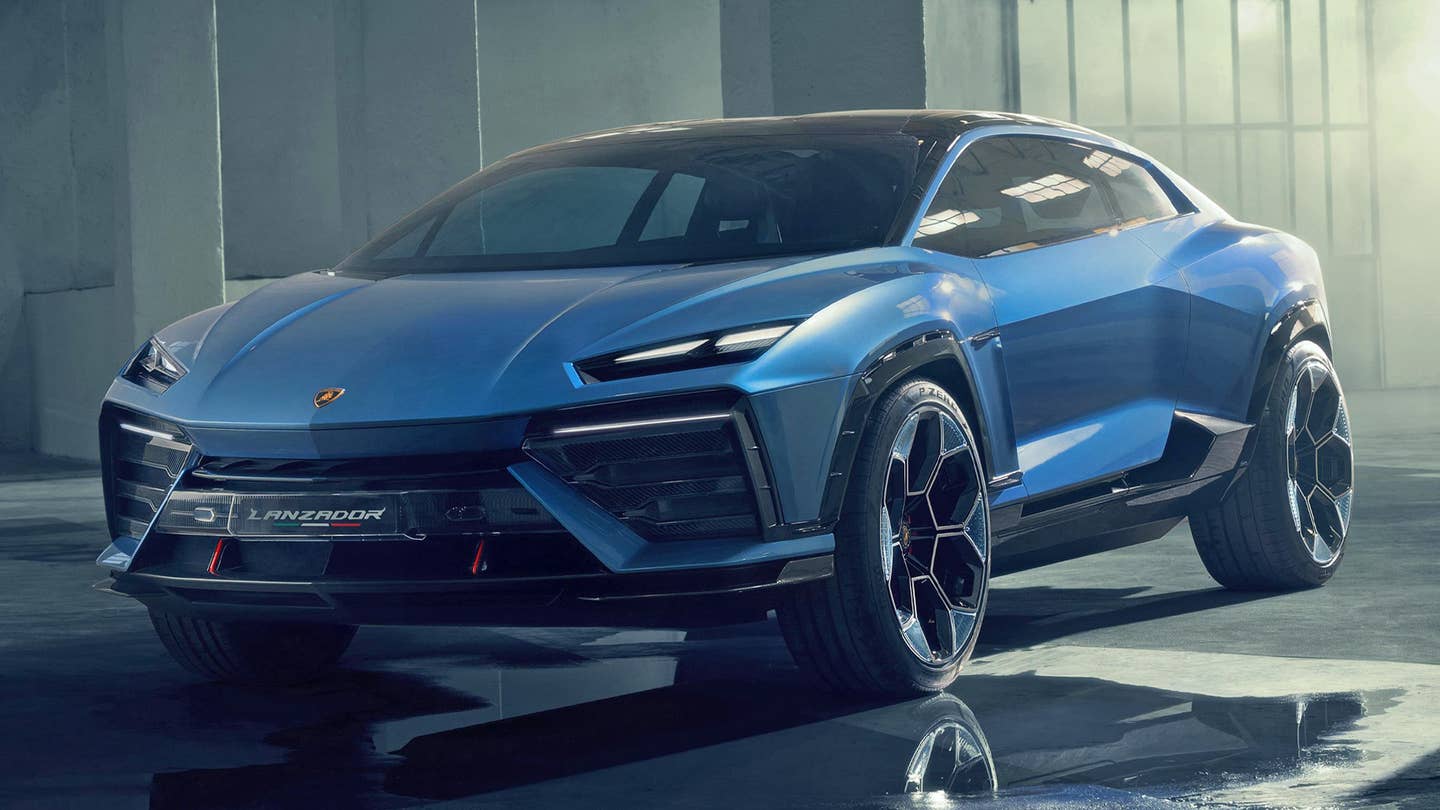Lamborghini’s chief technical officer wants you to hear the real drivetrain, not a simulation.

Lamborghini is approaching a milestone that many thought—or maybe even hoped—would never happen. The recently unveiled Lamborghini Lanzador previews the brand’s first production EV, which represents a challenge for an automaker that’s been defined by raw exhaust noise. Lamborghini Chief Technical Officer Rouven Mohr, however, insists that the automaker is currently experimenting with many options.
In an interview with The Drive, Mohr said that Lamborghini is “working in the direction to go as little artificial as possible,” while highlighting that completely synthetic noise with no connection to what the car is doing is something he “cannot accept.”
“At the moment, this is one of the biggest things,” added Mohr. “There’s still a long road ahead of the brand finding the perfect sound. We have some ideas, we have some proposals, but at the moment we have still not yet decided what the final production car will have.”
The interior of the brand’s Lanzador concept. Lamborghini
Whether or not you find Lamborghini’s efforts valiant, finding the right balance is a difficult undertaking. Mohr claims that these sounds will mostly come out of the electric drivetrain itself, as Lamborghini plans to use certain sounds coming out of the motor and inverter with some added synthetic flair.
“We are experimenting with taking frequencies that we have from the e-motors, amplifying something, eliminating something, and especially correlating this as close as possible to the drivetrain condition,” said Mohr.
He believes that other EVs have artificial noises that don’t correlate to what’s actually going on in the vehicle, “You feel a decoupling between what the car is doing and what the sound is suggesting that the car is doing.”
Electric motors and inverters do make some cool noises, they’re just typically not very loud due to the high efficiency of these systems and how insulated they are from the cabin. Different noises are made during acceleration, regenerative braking, and other events like field weakening at high speeds. By making these sounds a lot less subtle, Lamborghini could be onto something cool. Porsche has taken a similar approach with the Taycan, and Maserati thinks it can pull ahead in this regard as well.
Lamborghini
Mohr states that while all of this is happening, “the combustion engine is still continuing.” Some parts of Lamborghini’s iconic sound are already synthetic, he says, but in the era of electrification, this will have to be taken to a whole nother level. “What you hear today in a combustion car is also sound [that’s] designed, let me say. But the basic sound is coming from something real—99% of the time.”
Got tips? Send ’em to tips@thedrive.com

